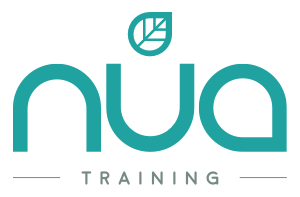How to amplify your presentation message
What is it that makes a film or book so good, so gripping? It’s the tension that is created within the narrative and the way in which that tension is treated and resolved. Creating tension is a key skill in any storyteller’s arsenal and, as a presenter and communicator, it should be in yours also. You are, after all, telling a story of sorts in your presentations, and you are reaching out to your audience to respond. Tension is the perfect way of building a bridge between your view and your audience’s.
Tension come through contrasts- day and night, good and bad, love and hate. Leading presentation expert Nancy Duarte has expounded on dynamic opposites in her books, so to borrow from her here are just a few examples that you might be able to utilise in your presentations:
Dynamic opposites
Past ………Future
Speed…..Endurance
Stagnation…..Growth
Sacrifice…..Reward
Budget…..Quality
Ambition…..Humility
Now take a look at this example of working with extremes. Imagine you are responsible for the maintenance division of an airline and you doing a pitch presentations seeking financial investment in analytics. So first you set the scene and focus on complaints. Here is the pain point, the airline has been receiving consistently poor ratings on customer surveys. There are too many flight delays, it’s all down to simple maintenance issues. And you have the perfect solution to improving customer satisfaction-give me and my team access to repair data and we can more effectively schedule our planes’ maintenance ie give me the funding I need and I’ll make sure customer feedback improves.
What is what could be..
You’ve hit them where it hurts, you’ve given them a real reason to worry and the desire to make things better-and then you’ve shown them the way forward. Of course it doesn’t all have to be about scaremongering. The key is to ensure your audience starts out in familiar territory-in the above example, they will already know that feedback is poor- and then introduce a new idea. Keep them interested, give them plenty of content-on both sides of the contrast-to keep up the momentum. The more you can contrast between ‘what is’ and ‘what could be’ the more your audience will be swayed towards adopting the new beliefs or behaviours you set out to achieve. It’s storytelling in presentations at is very best!
